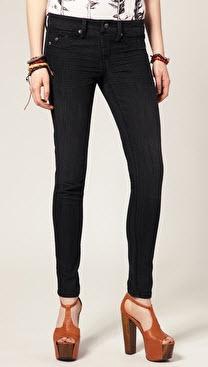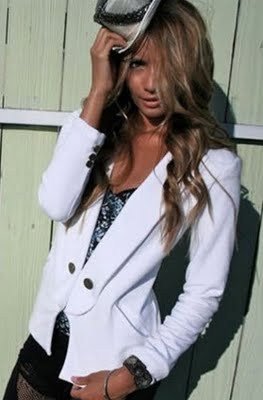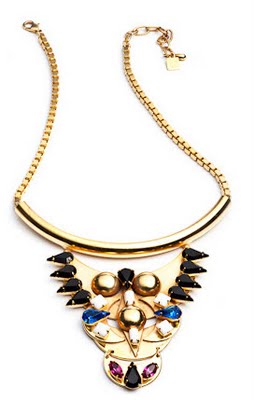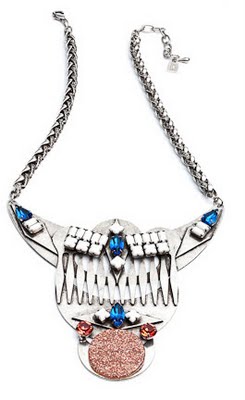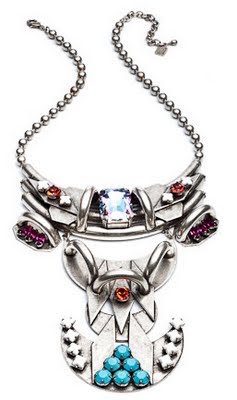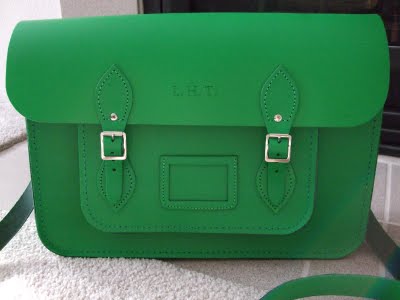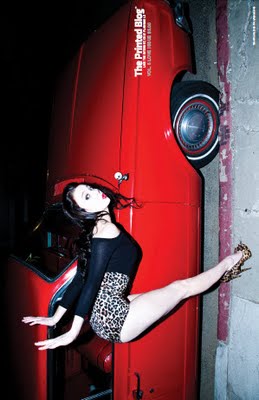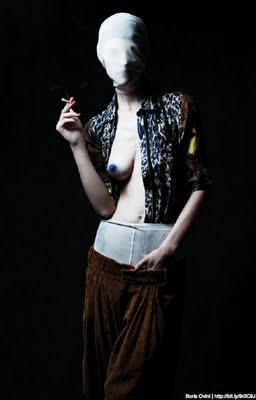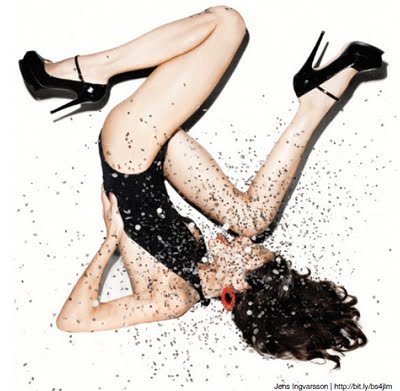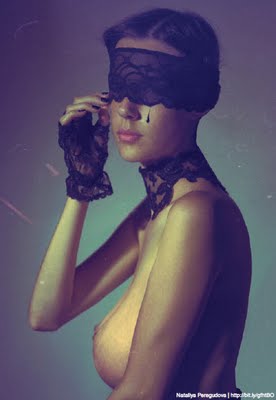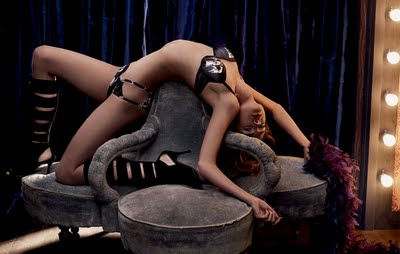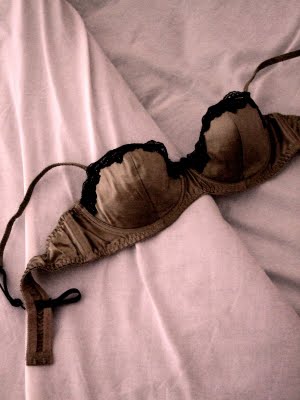
When we think of ‘fashion’, we don’t typically think of clothes as floating, separate entities, but rather as a styled composite reflecting a particular attitude. Trends are really nothing more than an outfit put together to give off a certain vibe, whether it’s that of a particular attitude and personal emotion or of a feeling attributable to a particular decade or moment in time. The most powerful fashion, though, the most powerful feeling that clothes can evoke, is a statement of individual character: what that individual wants to portray to the world in a little show-and-tell. Fashion is the most simple and effective avenue for telling others something about ourselves; we are, quite literally, wearing our hearts on our sleeves, every day.
Fashion used to be employed as a way of fitting in, of identifying ourselves with a group – a way to belong, to conform, to blend in. If we ran in affluent circles, we might well wear Lacoste and Ralph Lauren polo shirts to our friendly tennis matches with friends, whereas if our boyfriends were bad band boys, we might adopt a uniform of tight-fitting jeans and dark leather jackets. It was all a way of showing someone: “I belong with you; I’m just like you”.
While fashion can be – and is – still employed in this way, far more often now in the outfits of Gen Z we see a desire to stand out from the pack rather than to blend into its ranks, to be marveled at as a UFO (Unidentifiable Fashionable Object). Societal evolution and progress can be credited with this, as in times past. Today, with the prevalence of ‘democratic fashion sites’ like Lookbook, where all you need to do to gain instant street style fame is stand out from the rest (fabulously, of course), it’s really no wonder that we’re all searching for marked individuality. We have always, all of us, been striving for the same thing: to elevate ourselves. In the past, fashion could achieve that when used to identify ourselves with those who could elevate our own standings. Now, fashion can help us produce that much desired individuality, a Gen Z-recognized mark of specialness.
Fashion has never been a static, staid medium. Clothes have never been just clothes. As countless people have said, “Even no statement is a statement.” It is such a personal thing, to cover up the shameful nakedness of the story of Adam and Eve – perhaps we are overcompensating, trying to elevate ourselves to hide what lies beneath. And the whole thing extends far deeper into the psyche than simple social ambition.
If we asked 100 people in the street to identify their least comfortable dinner party subject, I imagine it would still be sex. Sure, we all read about it in magazines (how to get better orgasms (wait, what?), how to turn your man on tonight, etc.), we all watch movies about it (not that kind. I’m talking about No Strings Attached. Get your mind out of the gutter), but when it comes down to it, it’s still very hard to talk about it (unless we’re not talking about ourselves or are speaking “purely metaphorically, of course”) face-to-face with other people. Sex is a very personal, deeply affective topic, in a way quite unlike politics, children, even, somehow, marriage. Those other newly-non-taboos actually make quite lively and interesting dinner party topics, especially among friends (while sex, in many cases, especially when pertaining to one’s own experiences, is more easily discussed among strangers).
However, the human being is a creature of expression, as it is a creature of community and social bonds at its most basic core. We may be averse to talking about our sexuality and sexual personalities, but we also, conversely, want to express these things. Perhaps ‘express’ is not really the right word; nor is ‘display’, ‘attract’ or ‘advertize’, but they all relate in some way to our attempt to let others know something about our sexual status. This does not necessarily equal ‘single’ or ‘attached’, but any plethora of others. The emotion does not even have to be explicitly sexual to be referred to in a somewhat sexual manner. What we may be trying to convey could be any of the following: comfortable in my own skin, not comfortable in my own skin, sexually confident, committed to celibacy, religious, married, looking for love, looking for sex… And these are just a few examples.
There is no better medium for this sort of expression than in clothing, in our fashion choices. To illustrate, the HBO series ‘True Blood’ pretty much serves as an extended metaphor for sex: the vampires (sure, they’re undead and drink blood, but you know what that equals in psychological terms? Immortality and a forever of being beautiful (oh, and also being able to fuck like rabbits without being bothered by the worries of STDs and pregnancy), and a fetish), the sensual goddess-like Maryann (representing, and actually enacting in the show, the lust- and desire-fueled orgies of pagan ritual), etc. And in no other way is this more visually evident than in the costume and styling choices.
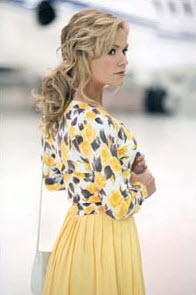
Much more relevant to real life than the vampires and supernatural creatures, the True Blood clothes reflect the characters’ sexual attitudes in ways that are seen frequently on the street and are an excellent example of our exhibition of sexual personalities. There’s Sookie Stackhouse, a sweet young waitress who has never had a relationship (sexual or otherwise) due to her problematic telepathic abilities, and who dresses accordingly in cute Southern wear (think little cherry-print sundresses and pageant-curled hair for evening dates) that, to her, is sexy and her best attempt at alluring, but actually reflects a lack of sexual experience, although a sense of self-assurance.

Another character, Jessica Hamby, perfectly illustrates her sexual transition from a strict Christian girl (where she wears her hair loose and plain and dresses conservatively) to a freshly made vampire enjoying her newfound sexual and personal freedom (in synonymous smoky eye makeup and poker-straight, sleek hair pulled back into sensual styles).
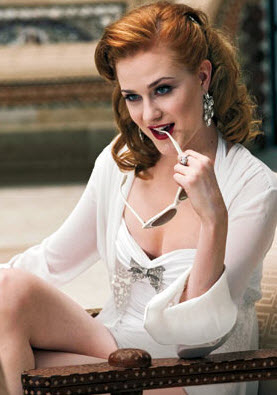
The true sex symbol of True Blood comes in the form of vampire queen Sophie-Anne Leclerq, a sexually confident character who has a female lover but does not seem particularly averse to other sexual encounters. The opulent and stereotypically sensual costume choices for this character demonstrate her sexual personality perfectly: low-cut and short white dresses, perfectly coiffed ‘Hollywood’ hair, smoky eyes and deep red lips (all sexual but not trashy, i.e. sophisticated, choices).
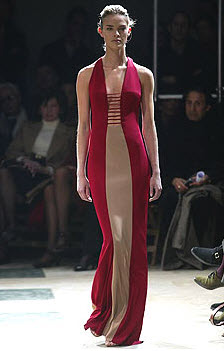
This is all very well and good, but it might seem obvious that explicit costume and styling choices are made in television shows – after all, how else will the sense of the character be explicitly portrayed to the audience? This is not to say that the same goes for ‘real women’. Yet it is not just on-screen that sex is portrayed through clothes. Many designers are well known for championing sexually confident attitudes, not least Azzedine Alaia, the “King of Cling”, who can perhaps be credited with ushering in this era of fashion in which we now live: the era of using clothing as a costume designer would, and wearing clothing like a screen character; to portray our emotions and individual personalities to those viewing us.
So it may now seem apparent that nothing is personal; that we are all clotheshorses and taboos are fodder for the gossip horses, perfectly acceptable for light-handed exchanges over the dinner table. “Oh darling, would you please pass the salad?” “Of course dear, would you like the sex dressing too?” “No, thank you, I think I’m fine with a side of politics and marriage counseling.” Is this a good thing? While we may think that we at least keep some things private, confined to the closets of our other skeletons and the privacy of the bedroom, this is not really true at all; the skeletons are not dead, but zombies, and have found their way out into the hallway, and are fast approaching the front door. While we think we don’t talk about sex, we do, even if it is, for now, through our clothes. How much time will it take for us to become no more than a confessional society, if we have not become so already? Only time will tell.
True Blood homepageTrue Blood fan clubImages (from top): blog.natashabailie.com, juniorslayouts.com, dvrlife.wordpress.com, your-mirror-fashion.com.
